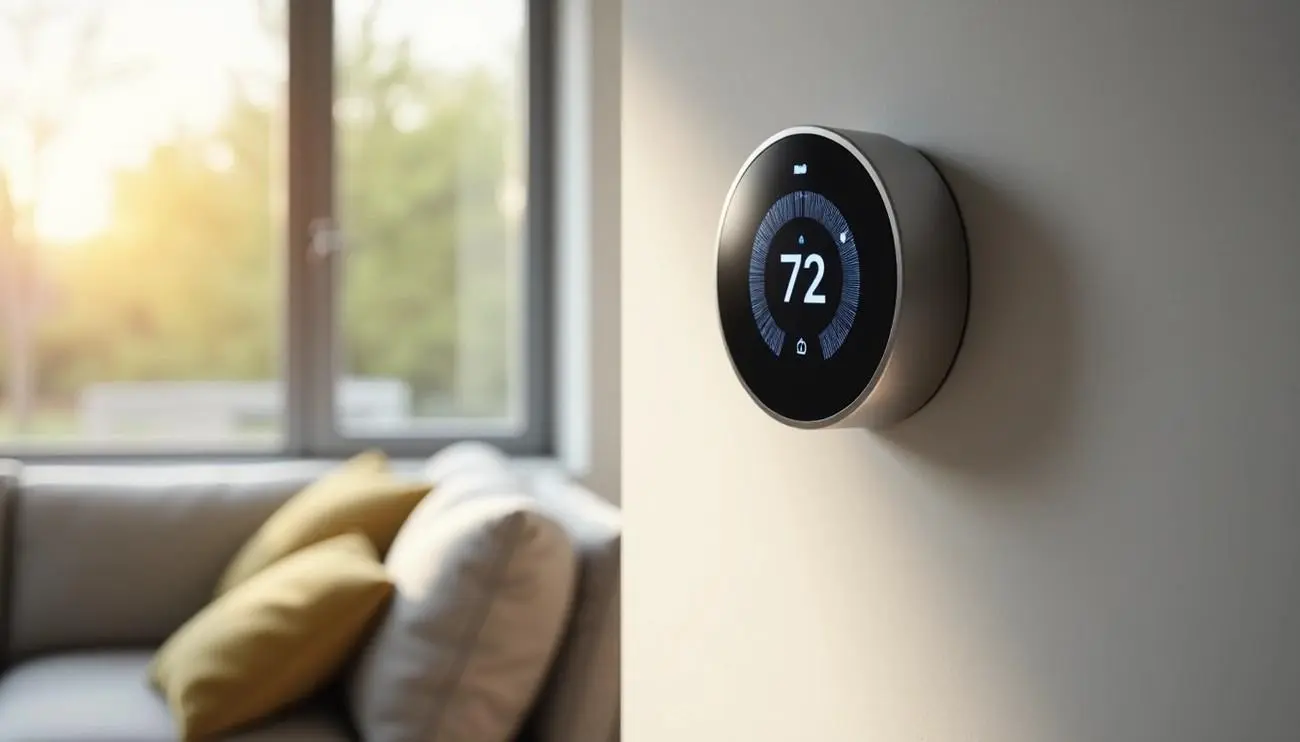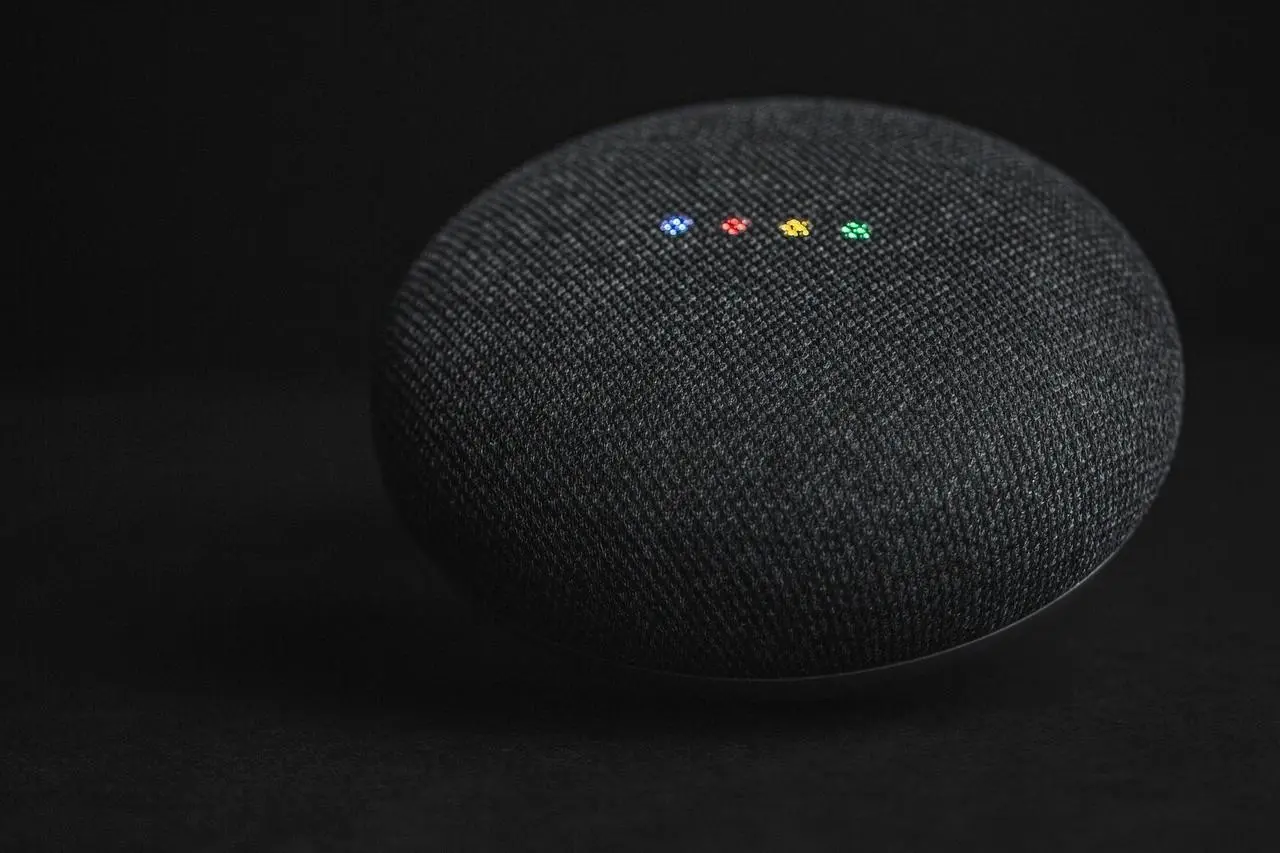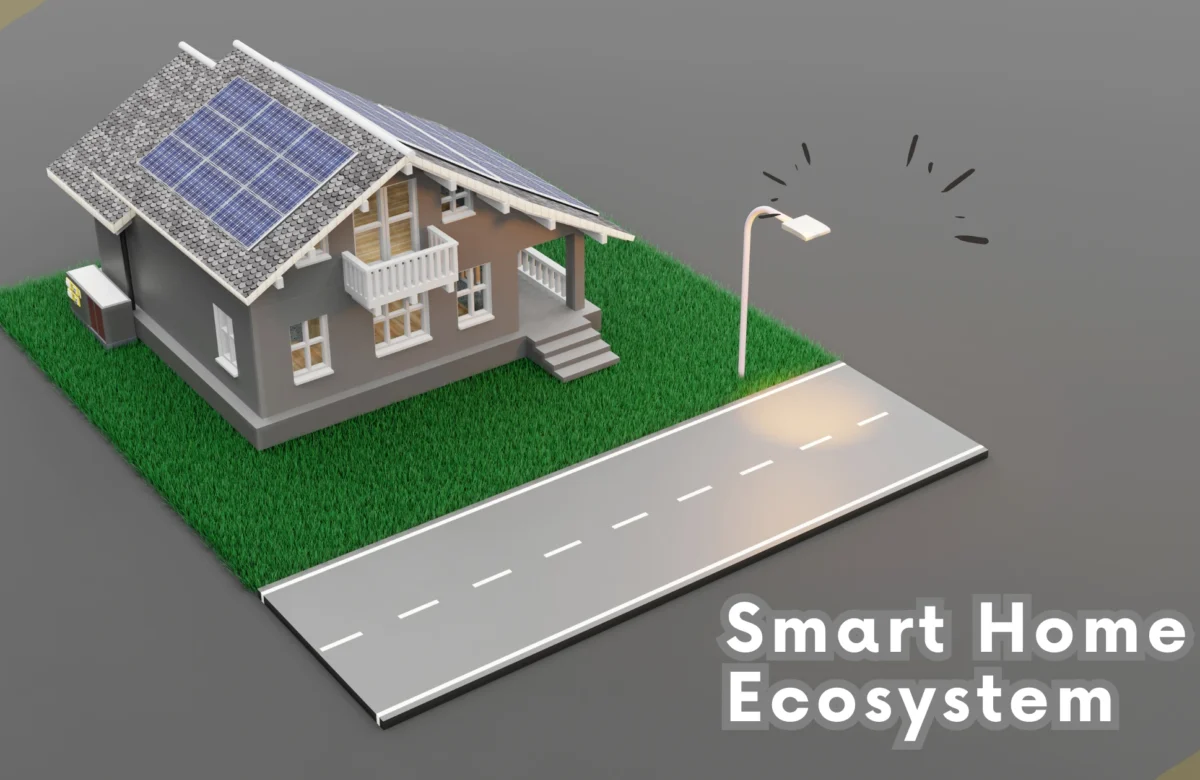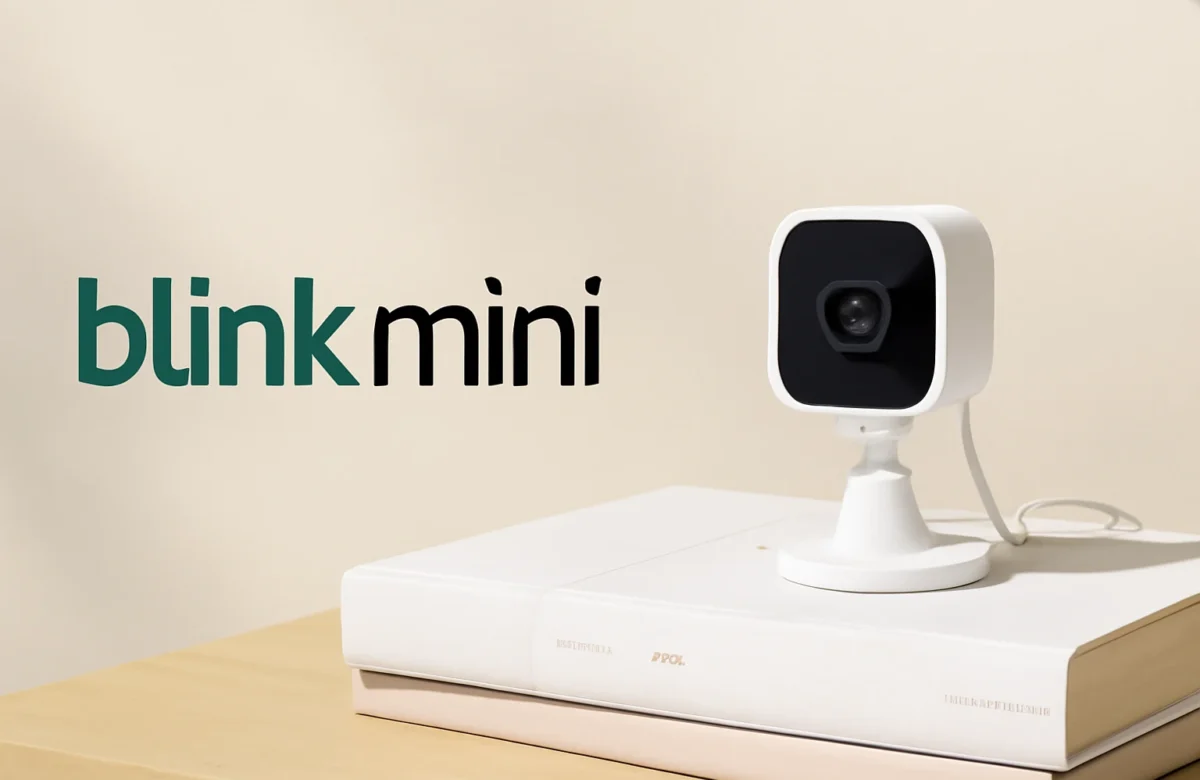Nest Learning Thermostat Review (2025): Still Worth $249 After 10 Years?
- May 1, 2025
- No Comment
- 400
Smart thermostats have come a long way, but Nest Learning Thermostat reviews still dominate discussions about home climate control devices. The 3rd generation Nest Learning Thermostat keeps its $249 price tag since 2017. This raises an important question – does it deserve your money in 2025?
My six-month test of this device revealed features that newer rivals can’t match easily. The device’s sleek design and 3-inch display, which is 40% larger than older models, definitely stands out on any wall. The real value lies in its smart learning features. This thermostat creates automatic schedules based on your habits and adjusts temperatures during your absence. It works seamlessly with Google Assistant and Alexa, though not with Apple HomeKit. The motion sensors detect your presence up to 20 feet away. This decade-old smart home pioneer delivers modern functionality that remains relevant today.
Nest Learning Thermostat (3rd Gen, $249): What’s New in 2025?
The 3rd generation Nest Learning Thermostat hits the market in 2025 at its original $249 price point. This smart device packs competitive features in a market full of alternatives. We have a long way to go, but we can build on this progress since Google has not released a 4th generation model. The company managed to keep regular software updates that make this decade-old device relevant today.
Display: 3.3-inch, 480×480 Resolution
The Nest’s circular 3.3-inch display stands out as one of its signature features. The crisp 480×480 resolution makes it easy to read from anywhere in the room. The Nest uses real glass instead of plastic displays found in cheaper thermostats. This gives it a premium feel similar to a high-end smartphone. Text and numbers look sharp up close thanks to the screen’s 229 ppi (pixels per inch) density.
The display’s responsiveness sets it apart from others. The screen wakes up as soon as you approach or move near it. Touch controls feel natural with instant response time. The automatic brightness adjustment works great in different lighting conditions. The screen stays bright enough during the day and dims at night so it won’t disturb your sleep.
Build and Finish Options
The Nest thermostat’s premium build quality makes it worth every penny. The outer ring works as both a navigation tool and adjustment dial. It turns with a satisfying click that gives you precise control. No touch-screen-only competitor matches this tactile feedback.
Google gives you seven color choices:
- Stainless Steel (silver)
- Polished Steel (mirror finish)
- Copper
- Black
- White
- Mirror Black
- Brass
You get a color-matched trim kit with each finish option. The metal construction gives the thermostat a solid weight (8.6 ounces) that feels premium. The outer casing resists scratches well based on my long-term testing.
Farsight and Ambient Sensors
The Nest’s sensor technology impresses me the most after all these years. Farsight spots you from up to 20 feet away and lights up the display. You can choose to see time, temperature, or weather information. This feature gets better over time as it learns your movement patterns around your home.
The ambient light sensor does more than just adjust screen brightness. Its Sunblock feature stops direct sunlight from affecting temperature readings. Many cheaper thermostats mounted on sunny walls struggle with this issue.
The third-generation Nest comes with temperature, humidity, proximity, and occupancy sensors. The last two sensors work with learning algorithms to detect if you’re home, whatever your manual status settings. The occupancy detection works accurately in my testing. It rarely switches to “Away” mode even when there’s minimal movement in the house.
The Nest Learning Thermostat remains a top choice in smart thermostats. Cheaper options exist now, but few devices match its combination of build quality, clear display, and advanced sensors. These features make it a favorite in nest learning thermostat reviews.
Smart Features That Make It ‘Learning’
The Nest thermostat stands out from regular programmable models because of its smart features. My six-month experience shows its learning capabilities are worth the higher price tag in ways you might not expect.
Auto-Schedule and Early-On
The Nest’s “learning” reputation comes from its Auto-Schedule feature. I didn’t have to program a fixed schedule. The first week, I just changed temperatures as needed. The Nest watched these patterns and started using them on its own. The thermostat created a schedule that matched my family’s daily life within two weeks. It even knew the difference between weekdays and weekends without me telling it.
The Early-On function really caught my attention. The Nest doesn’t just turn on at 7:00 AM when told. It figures out how long my house needs to reach the right temperature. On cold mornings, I’ve seen it start to hit 72° right when we wake up. This smart timing means no more chilly mornings and better energy use.up to 45 minutes early
Home/Away Assist and Geofencing
You save a lot of energy when the Nest knows nobody’s home. Home/Away Assist uses motion sensors and the Google Home app’s location tracking. If everyone leaves unexpectedly, the system switches to Eco mode without movement.after about 30 minutes
The location tracking works really well based on my tests. The system starts warming up my house as I get closer to home. This fixes a common issue with basic scheduled thermostats – you either waste energy heating an empty house or come home to an uncomfortable temperature.
Furnace Heads-Up and Sunblock
The Nest watches over your HVAC system too. The Furnace Heads-Up alert caught two times when my heating system showed signs of trouble. I got notifications through the app that might have prevented a winter breakdown.
The Sunblock feature helps just as much. Our old thermostat would think it was too hot when afternoon sun hit it, making the AC run needlessly. The Nest uses its light sensor to spot this and adjusts naturally, keeping the temperature right no matter where it’s mounted.
Nest Temperature Sensor Integration
The optional Nest Temperature Sensors ($39 each) help homes with uneven heating. I put sensors in my office and bedroom – rooms that used to be colder than our main living area.
These sensors blend right into the system. You can pick which sensor controls the temperature throughout the day:
- Bedroom sensor at night
- Office sensor during work hours
- Living room (main thermostat) in the evening
This targeted control fixed our cold spots. We don’t waste energy overheating the whole house just to warm one room. The sensors connect wirelessly up to 50 feet away, which covers most homes easily.
All these smart features have made our home more comfortable while cutting our energy bills. The Nest 3rd generation learning thermostat shows its value even though newer smart home devices exist now.
Installation and Setup: Still DIY-Friendly?
Setting up a decade-old smart device might seem daunting, yet the Nest Learning Thermostat proves simple to install even in 2025. My installation experience showed that most homeowners can handle this task without calling a professional.
Compatibility Checker and C-Wire Concerns
Your system’s compatibility needs verification before purchase. Google’s online compatibility checker at g.co/nest/works creates a wiring diagram just for your setup. This tool helped me verify that my heating system would work with the 3rd gen nest learning thermostat without any changes.
The C-wire issue stands out as the biggest installation challenge. Many nest thermostat reviews suggest this wire isn’t always needed, but some systems can’t work without it:
- Heating-only systems
- Cooling-only systems
- Zone-controlled setups
- Heat pump systems
A missing C-wire leads to problems like shorter battery life, Wi-Fi drops, or odd HVAC system sounds. The thermostat showed “Delayed” messages when I tested it without a C-wire.
The saves you money instead of hiring an electrician. This adapter fits at your furnace or air handler without wall changes, which makes the google nest 3rd generation work with more homes.Nest Power Connector ($25)
Step-by-Step Setup Process
The physical setup remains remarkably easy. Most people finish everything in 20-30 minutes with the app’s help. My setup included:
Power must be off at the circuit breaker for safety. Remove the old thermostat cover and snap a photo of the current wiring. Label each wire with the included stickers. Mount the Nest base with its built-in bubble level. Connect labeled wires to matching terminals. Snap the display in place until it clicks.
Your specific system setup creates a custom wiring diagram in the app. This guided method took away any confusion, even with my unusual heating configuration.
Using the Nest App vs Google Home App
The app situation marks the biggest change from earlier nest thermostat versions. New Nest Learning Thermostats (4th Gen) only work with the Google Home app, while the 3rd generation I tested still works with both platforms—for now.
Google Home blends better with other smart home devices but misses some of the Nest app’s special thermostat features. The Google Home app guides you through setup, compatibility, and power checks.
Matter support gives the 3rd gen model an edge. It works with Apple HomeKit, Samsung SmartThings, and other platforms for simple control. Advanced features like learning schedules and temperature sensor pairing stay within Google’s ecosystem.
Google’s phase-out of the original Nest app affects your decision about whether a nest thermostat fits your smart home needs.
Performance and Daily Use: 6-Month Test Results
My six months of daily use with the Nest Learning Thermostat has given me solid performance data that tells a different story from the marketing claims. This $249 device, now a decade old, shows both impressive capabilities and notable limitations that buyers should think over.
Learning Curve and Temperature Accuracy
The Nest takes about a week to build a simple understanding of your priorities [1]. This matched my experience—the thermostat had created a fairly accurate schedule that fit my family’s routines by day seven. While it keeps fine-tuning this schedule, it becomes less responsive to random adjustments after the original learning phase.
My testing backs up Google’s claim that the 3rd generation nest learning thermostat maintains temperature precision within 1°F 99% of the time[2]. The device achieves this precision with its 10 built-in temperature sensors—substantially more than the 3 sensors in previous models [2]. These sensors work together and offset internal heat from the device’s circuitry, which prevents false readings that might trigger unnecessary heating or cooling.
Eco Mode and Energy History
Eco Mode stands out as one of the best benefits in my experience. The system switches to energy-saving temperatures (40-70°F for heating and 76-90°F for cooling) automatically when nobody’s home [3]. You barely notice the biggest temperature changes since they happen while you sleep or are away [4].
The Energy History feature gives you a clear picture of system usage through:
- A 10-day performance record that shows exactly when your system ran [5]
- Visual indicators that explain why energy usage changed (weather, manual adjustments, or away status) [6]
- Leaf icons that highlight days with efficient energy consumption [6]
Sensor-Based Room Control
The optional Nest Temperature Sensors ($39 each) are a great way to get better control in my multi-story home. You can connect up to six sensors to one thermostat[7], which lets you target temperature control in specific rooms. This helped me eliminate cold spots without overheating the entire house.
My testing revealed a key limitation: the thermostat can only use one sensor (or averaged group of sensors) at a time [7]. This means you can schedule which sensor controls the system at different times of day but need additional thermostats to create independent zones.
Smart Home Integration and Limitations
Smart home devices need reliable connectivity, and the 3rd gen Nest Learning Thermostat connects well with many popular platforms. My testing shows that ecosystem compatibility determines whether this $249 investment makes sense in modern smart homes.
Google Assistant and Alexa Support
The Nest Learning Thermostat naturally works with Google Assistant, which lets you control your home’s temperature by voice. I often use commands like “Hey Google, what’s the temperature inside?” and “Hey Google, make it warmer.” These commands work reliably every time.
Alexa users need to install the Google Nest skill[8] to use voice commands. This skill lets you adjust temperature and check status, but with certain limits. You can’t control your Nest through Alexa when it’s in Eco Temperature, Off mode, Emergency Heat, or during Emergency Shutoff [8]. Alexa sees your thermostat as a simple temperature controller and can’t access its smart features.
IFTTT and Third-Party Devices
IFTTT (If This Then That) adds more automation options to the nest 3rd generation learning thermostat. IFTTT connections let you create custom routines that respond to temperature or humidity changes [9]. The Google Nest thermostat service works with any action on IFTTT [9].
Google’s creates some confusion. They advise against moving your Nest account to a Google account if you use IFTTT, as this breaks your IFTTT automations migration situation[10]. This puts long-time users in a tough spot.
No Native Apple HomeKit Support
Apple HomeKit support is notably missing. The newer basic Nest Thermostat supports Matter for Apple Home integration, but the premium Learning version doesn’t [11]. Apple users must use third-party options like the Starling Home Hub to connect their nest learning thermostat to the Apple ecosystem [12].
Apple-focused households might want to look elsewhere, especially since the room sensors don’t work with Matter or Apple Home [11].
Conclusion
Final Verdict: A Premium Device That Still Justifies Its Price
My six months with the Nest Learning Thermostat have left me with a positive impression of this decade-old smart home device. The $249 price tag puts it in the premium category, but all the same, this third-generation device delivers real value through quality hardware and smart features.
The Nest’s learning capabilities are its biggest strength. Auto-scheduling has adapted to my family’s routines and temperature sensors have fixed all the cold spots in my home. On top of that, the energy savings have become clear over time – my utility bills are nowhere near what I paid with my old programmable thermostat.
Cheaper competitors exist but they can’t match the Nest’s precision, build quality, and sensor sophistication. The premium metal build feels solid compared to the plastic cases on budget options. Google’s regular software updates have kept this device fresh despite its age.
Without doubt, the device has some drawbacks. Apple-focused homes will find the lack of native HomeKit support frustrating. The switch from Nest app to Google Home app can also confuse new users.
The sort of thing I love about this thermostat is how it stays relevant even after a decade. Should you spend $249 on it in 2025? That depends on what you want. People who value premium build, learning features, and reliable performance will find great value here. Those who need HomeKit or advanced features might want to look elsewhere.
My time with the Nest Learning Thermostat proves it deserves its spot as a smart home essential – a rare piece of tech that stays useful and relevant a decade after launch.






